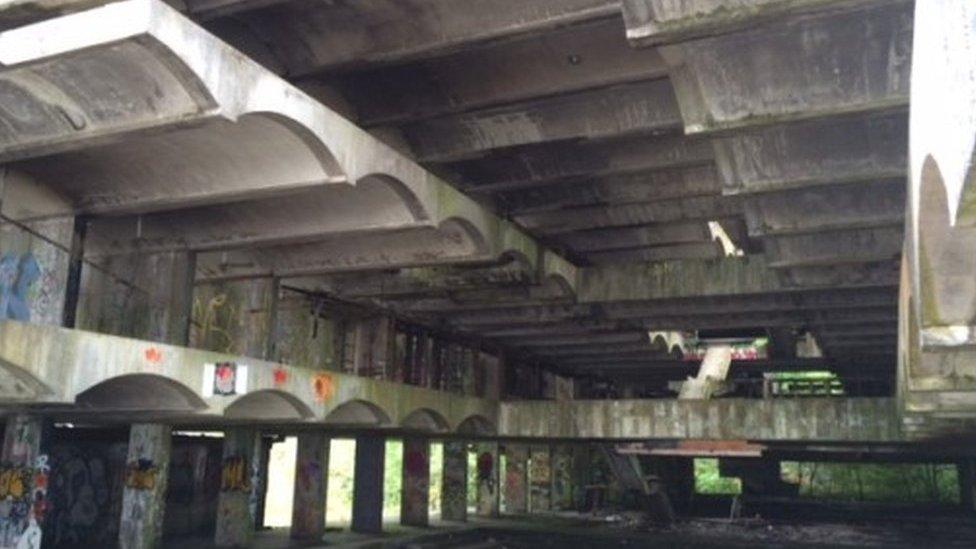A-listed Cardross seminary will be left to 'decay'
- Published
Artist Angus Farquhar gives a tour of St Peter's Seminary
The future of one of Scotland's most important buildings is in doubt after a bid to have it taken into state care was refused.
St Peter's Seminary in Cardross is a category A listed building - the highest level of protection for buildings of architectural or historic interest.
It was closed as a training college for priests in the 1970s and left to ruin.
The Catholic Church described it as an "albatross around our neck".
The Archdiocese of Glasgow admitted in January that public funding was the only way forward for the A-listed building.
'Decline the request'
But hopes of that happening have been halted after Historic Environment Scotland estimated that addressing it would cost in excess of £13m over 20 years to just maintain the building and make it safe for public access.
The Scottish government has now declined the request to take the building into state care, blaming increasing pressure on public resources.
However it offered to "facilitate discussions with key partners about St Peter's future".
Artist Angus Farquhar - who tried to restore the building - said Scotland had "turned its back on the 20th Century".

St Peter's - modernist masterpiece or 'disused car park'?
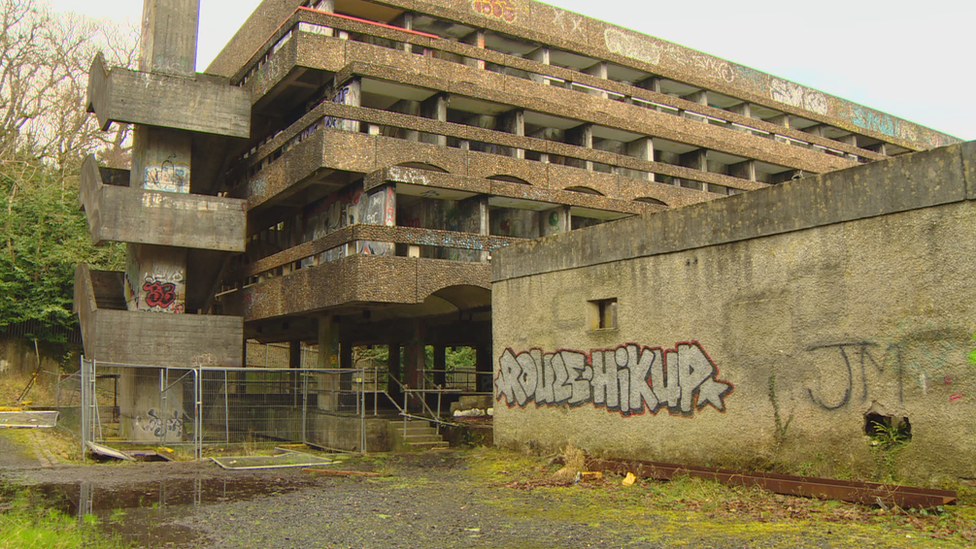
St Peter's Seminary in Cardross, near Dumbarton, was built in 1966 as a training college for priests.
It was designed by Scottish architectural firm Gillespie, Kidd and Coia for the Archdiocese of Glasgow.
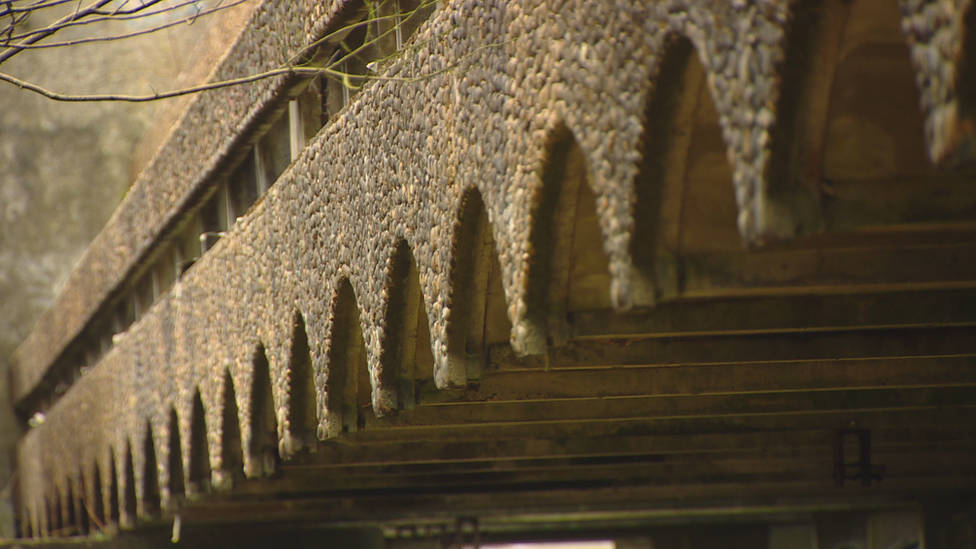
Renowned architects Andy MacMillan and Isi Metzstein supplied the vision for the distinctive zig-zag design and concrete appearance, with internal features such as vaulted ceilings and floating staircases.
The structure came to be considered a modernist masterpiece but its working lifetime was short and when the number of trainee priests fell, the seminary was deconsecrated in 1980.
Since then, the building has became degraded by fire, rain and vandalism, but it still regularly attracts visits from architecture students and aficionados from around the world.
Its importance was recognised in 1992 when the seminary was Category A listed by Historic Scotland.
Architecture expert Prof Alan Dunlop said: "I would go as far as saying this building is as important as Charles Rennie Mackintosh's Glasgow School of Art."

Mr Farquhar is the founder of arts organisation NVA which was - until June last year - working on turning it into an arts venue and cultural centre.
It spent about £3m trying to make the building safe and removing hazardous materials such as asbestos but NVA closed down last year, saying the challenges facing the company were "compounded" when a core funding bid to Creative Scotland was unsuccessful.
Mr Farquhar said: "Today Scotland has turned its back on the 20th Century. HES has advised the Scottish ministers not to take St Peter's Seminary into state care, on the basis that the risks and costs are too high.
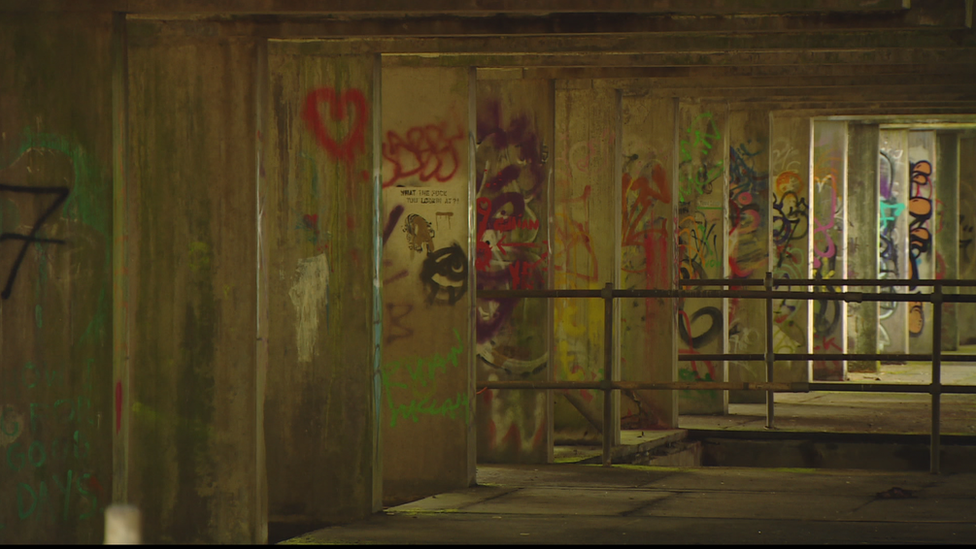
"It is the end for a long and popular campaign to save the building for the future. The HES board have collectively turned their backs on the nation's most important post-war building. One which tells Scotland's story, a key condition for consideration for state care.
"The rejection is in light of a shrinking purse to manage Scotland's historic built heritage and indicates an ongoing battle between HES and central Government. St Peter's is to be sacrificed as a result.
"How sad that as a nation we can champion countless ruined castles celebrating a history of blood-soaked barbarism and maintain numerous country houses documenting the lives of the rich and privileged in distant times.
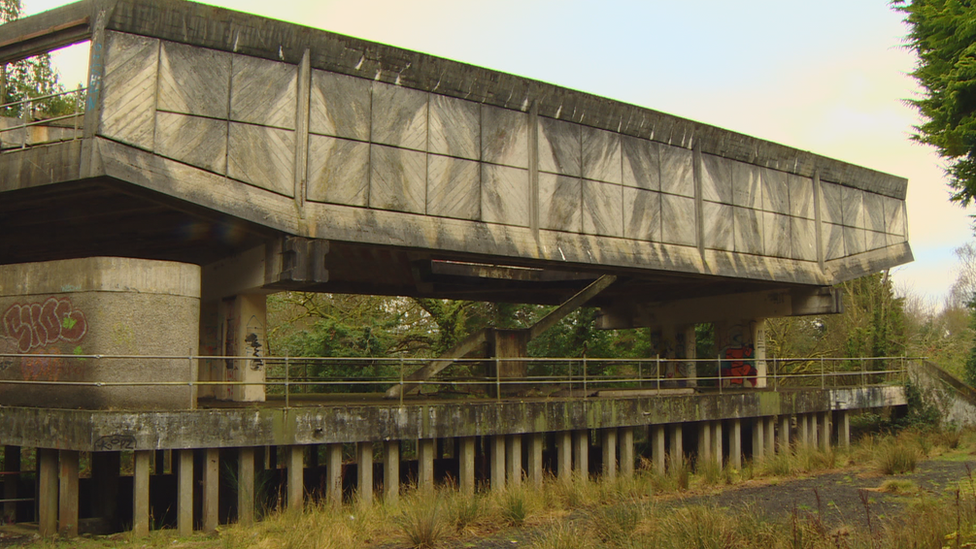
"These state buildings offer little intellectual challenge. But when it comes to the complexities of sustaining the artefacts of recent modernist history of telling 'our story', a subjective distaste for modernism comes into play. "
Cabinet Secretary for Culture Fiona Hyslop said: "The Scottish government has no choice but to accept the recommendations from Historic Environment Scotland not to take St Peter's Seminary into state care, due to the risk and cost to the public purse it would entail to the detriment of other properties in care.
"We accept the report's analysis that the only reasonable way forward for this site would be 'curated decay' and I plan to convene a meeting with all key partners to see if there is a way forward collectively to deliver what looks to be the only viable option for St Peter's."
Curated decay would cost £6m and involves maintaining the building and making it safe enough to allow limited public access.
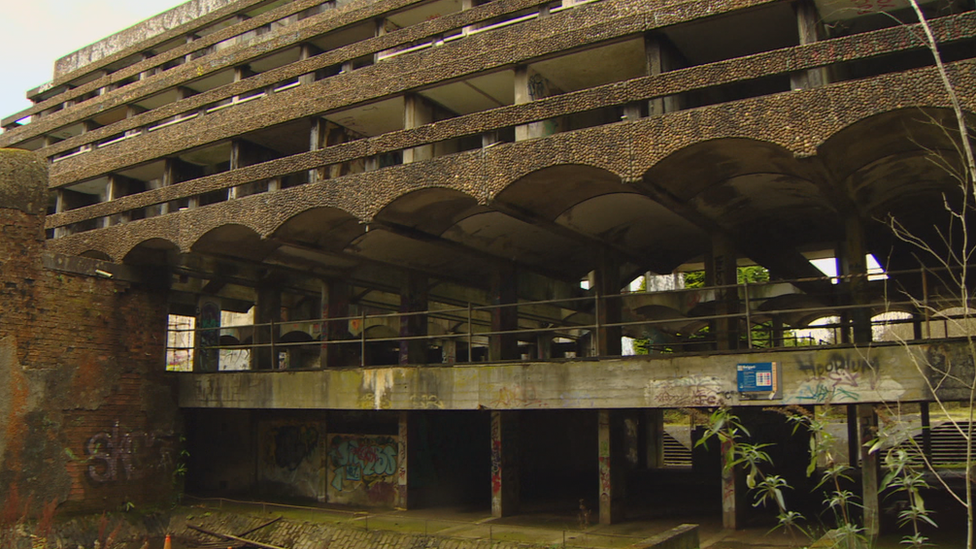
- Published5 June 2018
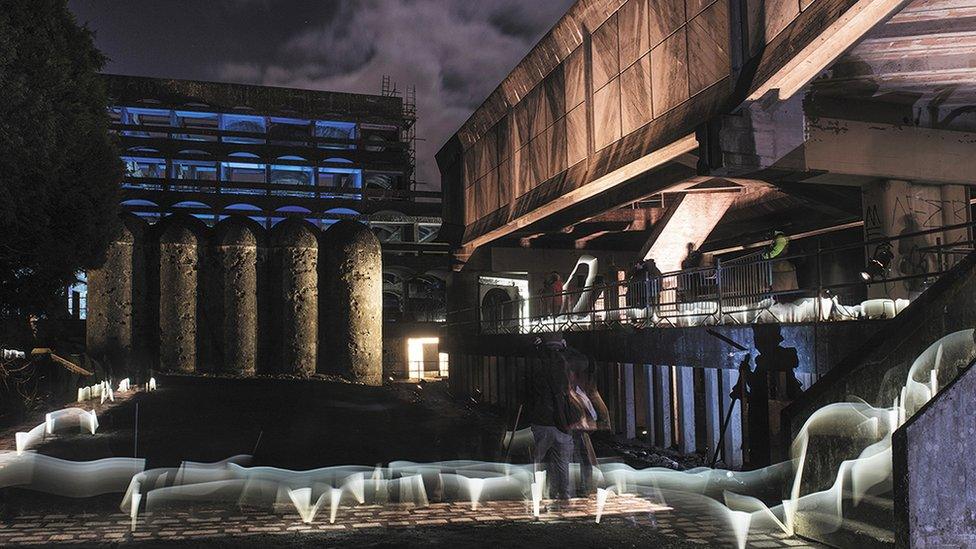
- Published12 February 2017
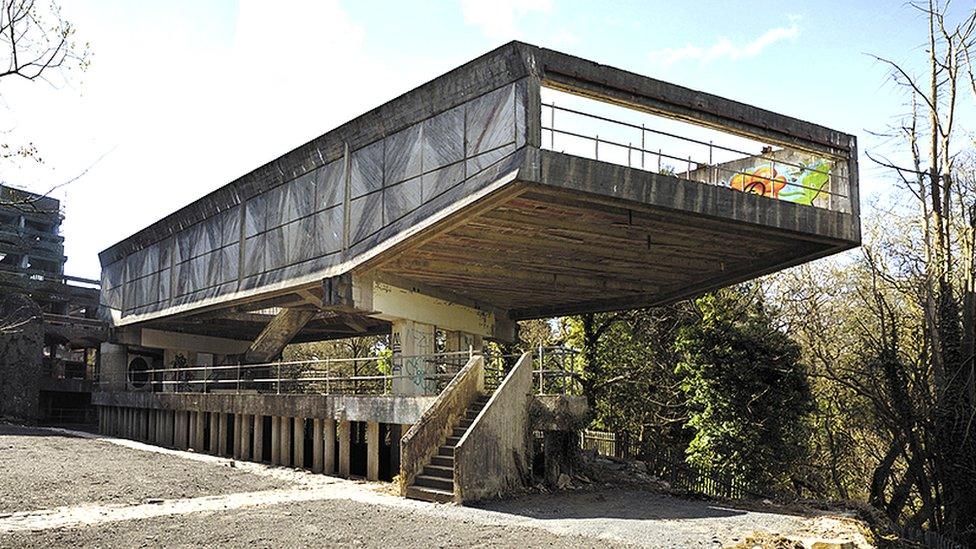
- Published12 January 2019
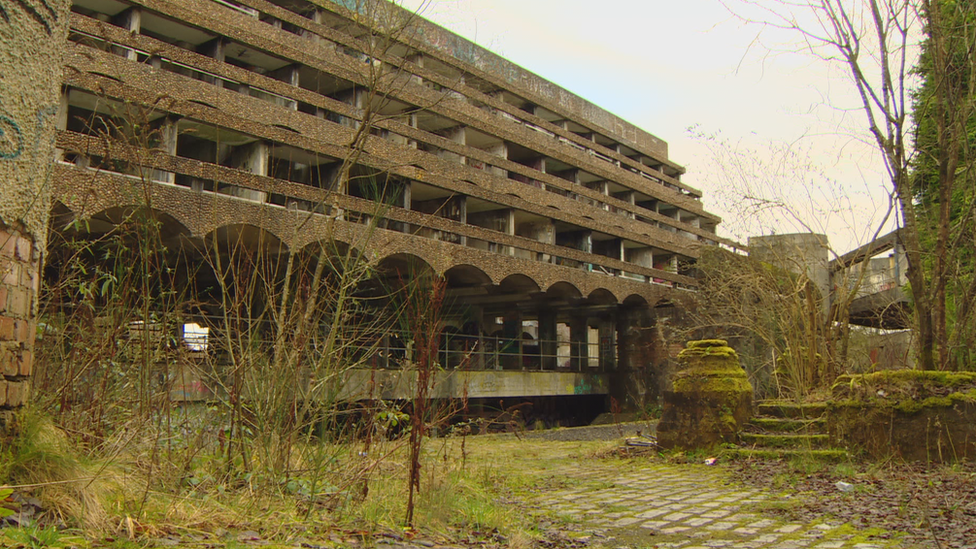
- Published18 March 2016
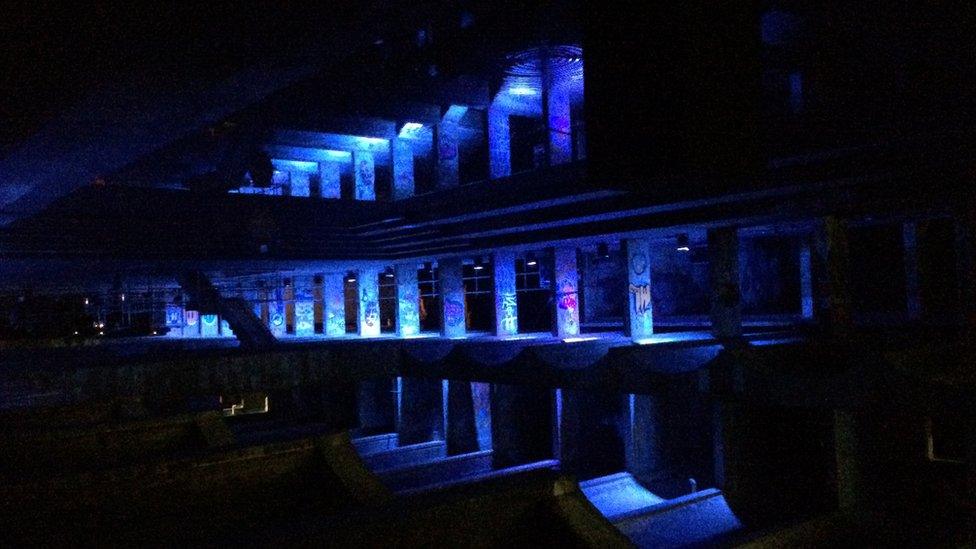
- Published19 March 2016
